Polymer Concrete Cells For ER/EW Processing Of Nonferrous
Long-term impermeability, free of corrosion, 20+ years warranty
The structural core of electrolytic cells is bolstered with sturdy external seismic reinforcement blocks confining its floor supports, and includes a robust, internal bidirectional, pultruded FRP bar mesh reinforcement which positively maintains integrity should the cell fail due to catastrophic events. Electrolytic cell installation protocols call for lateral wall collaboration between cells,thus reducing stress levels of cell around 40% under normal operating conditions.
Polymer Concrete Electrolytic Cell,Electrolytic Cell Nickle,Electrolytic Cell Nickle Refining Tanks,Electrolytic Cells of Electroplating Equipment Hebei aoliande Chemical Equipment Co., Ltd , https://www.frpgrppipe.com
Electrolytic cells are designed, built and installed to satisfy the most stringent requirements requested by tankhouse operators worldwide. In most cases their main request is to guarantee full operating availability throughout the plant's lifespan, maximizing production of high-purity metal (copper, zinc, nickel, cobalt, lead or other nonferrous metals) with absolute safety for people and the environment. Additionally, cells must accommodate changes for continuous improvement of the electrolytic process, integrating efficiently with upgrades of complementary equipment such as anodes, cathodes, cap, boards, overhead crane electrolyte agitation systems, acid mist control devices, thermal insulation among many others.
The Internal layer is a monolithic tank made with multiple layers of fiber-reinforced vinyl ester resin (FRP) complying with chemical barrier international norms that assure long-term impermeability and corrosion resistance.
The Intermediate layer is the structural core made with polymer Concrete, with a patented formulation to achieve a low coefficient of thermal expansion, providing long-term structural integrity with low thermally-induced stresses
The External layer is a standard seal layer of FRP that further protects the structural core from electrolyte splashes and spills. Optionally,this external seal may be specified with multi-layered oriented fiber reinforcements to guarantee trouble-free operation in unusually extreme operating environments.
Benefits of electrolytic cells
Our monolithic internal tank manufactured with multiple layers of fiber-reinforced premium vinyl ester resin. It has continuous service without leakage, free of corrosion and structural flaws which operating under normal conditions as specified for each project.
Swift, accurate and less costly installation
Electrolytic cells include features that allow reduction of 25% or more in time needed for cell erection, alignment and leveling compared to time required with conventional polymer concrete cells. Dimension tolerances for electrolytic cells are consistently tight, simplifying installation in the most demanding applications,including plants with automated crane systems.
Minimum cleaning time and water consumption
The rounded internal shape,optional sloped cell floors,and smooth,flat finish of the internal tank,facilitate water sweeping and drainage of heavy sludge,with reduced water usage and accelerating return to service after each cleaning.
Minimum maintenance cost
The robust, virtually impervious internal tank that is chemically bound to the polymer concrete structural core during molding is tolerant to operating abuse its smooth,non-stick surfaces minimize adhesion of contaminants.
Maximum operational safety
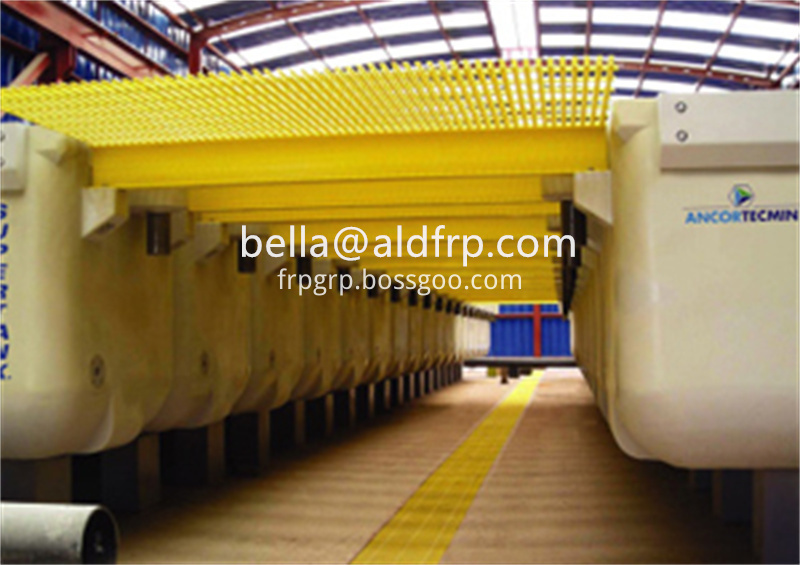
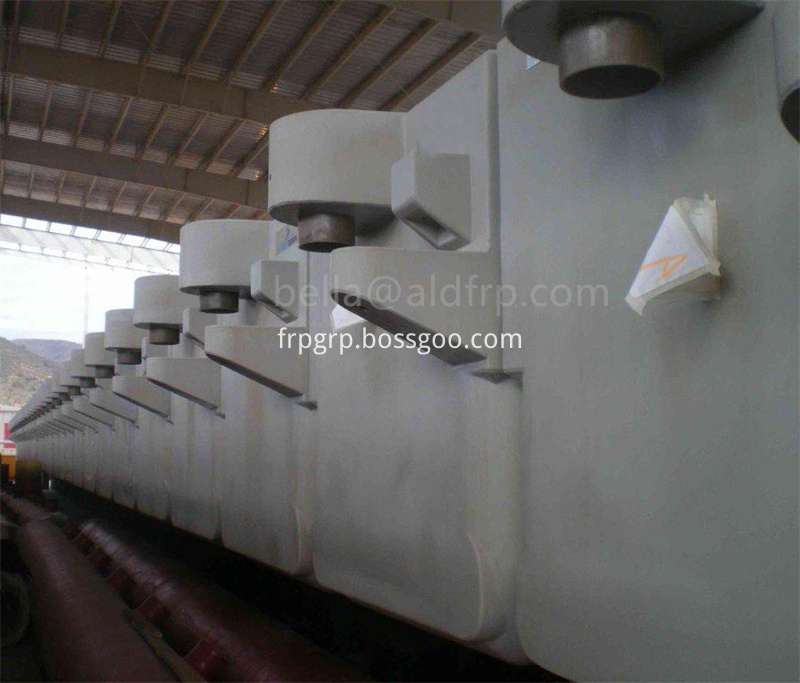
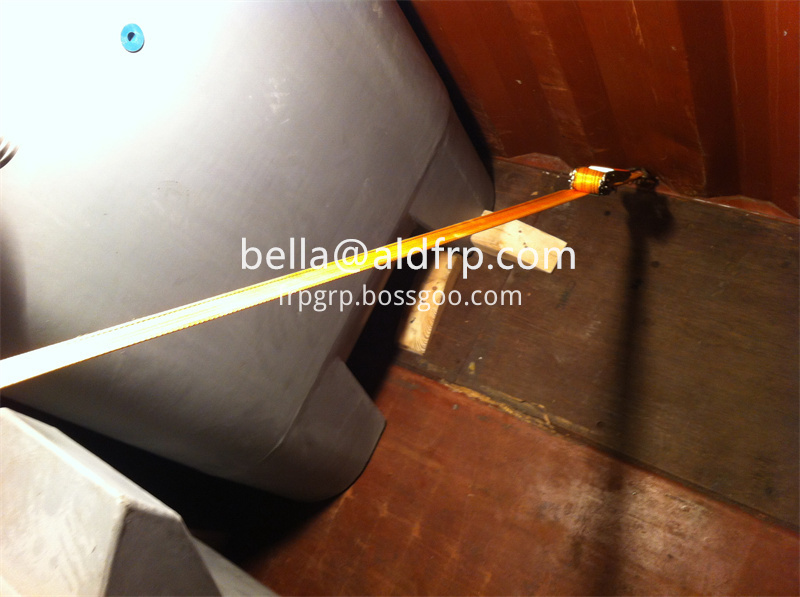
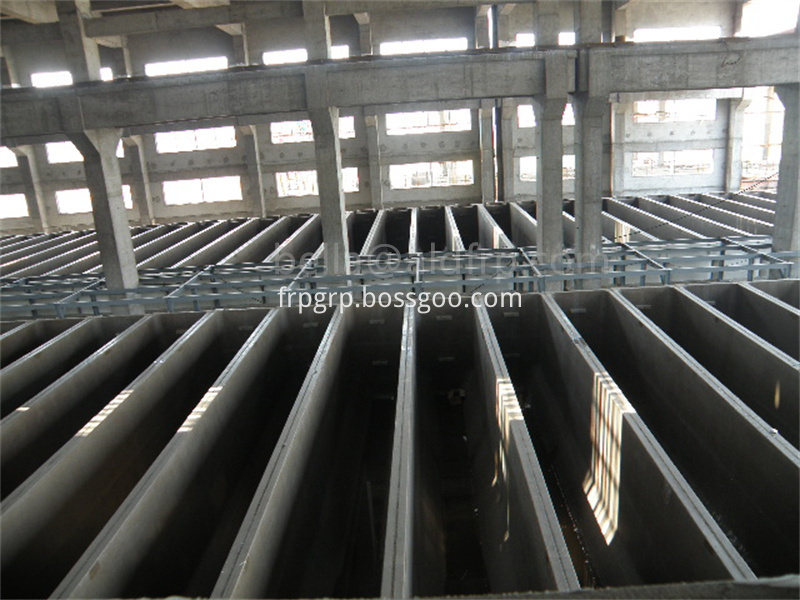
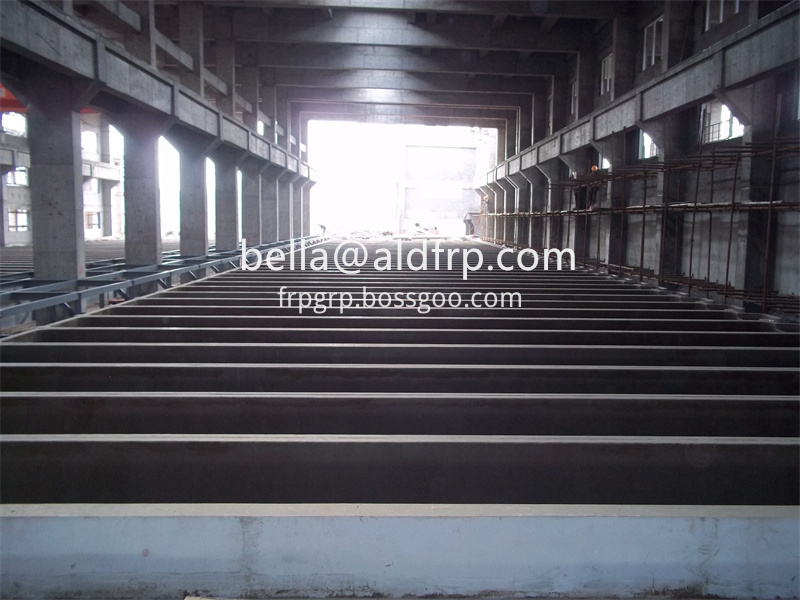
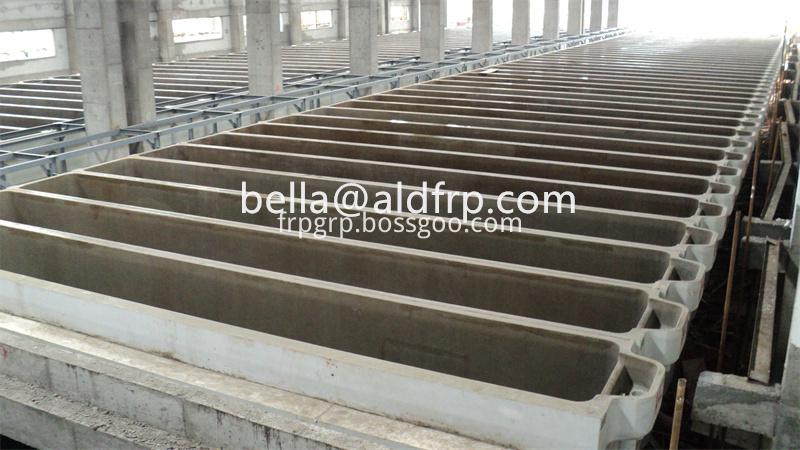
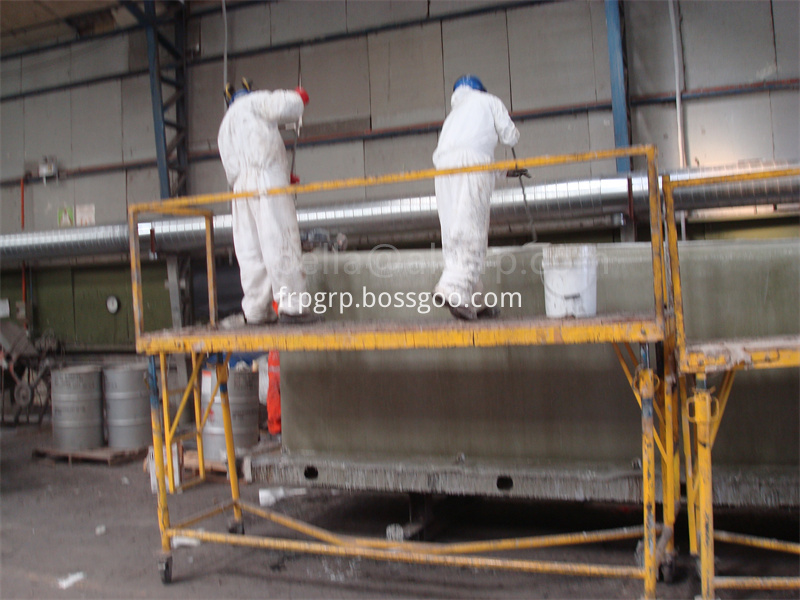
On February 9th, Cree, Inc., the market leader in LED lighting, announced today that it has finally agreed to sell its Wolfspeed Power and RF division (Wolfspeed), including silicon carbide substrate business for power supply, RF and Gemstone application to Infineon Technologies AG (FSE: IFX/OTCQX: IFNNY). According to a recent communication with the Committee on Foreign Investment in the United States (CFIUS), the parties believe that the current form of trading is unlikely to be approved by CFIUS. The two sides are exploring whether there are alternatives to modify the transaction to mitigate or resolve regulatory issues, and if the parties agree, it involves supplementing CFIUS. There is no guarantee that the parties will be able to reach a transaction structure with a CFIUS license. Therefore, before the outcome of these efforts, the possibility or time to close the transaction is uncertain. Previously, German chipmaker Infineon Technologies AG also announced that it has agreed to acquire Wolfspeed's Wolfspeed assets under the US-based North Carolina-based company for $850 million in cash. Infineon CEO Reinhard Ploss also said that the silicon carbide chips produced by Wolfspeed will gradually replace traditional chips in the next few years, especially in the electric and hybrid vehicles market. Currently, about 50% of Infineon's sales come from the corporate sector. The acquisition of Wolfspeed will increase the company's diluted earnings per share and profit margin in the short term. At present, Infineon's gross profit margin is about 55%, and it is expected to maintain an average annual growth rate of 20% in the next four years. As for the $850 million acquisition of the Wolfspeed deal, Infineon said that $720 million will be funded through bank loans and another $130 million in cash.
2. Structure
Electrolytic cells are cast monolithically based on a patented, three-layer composite material system: